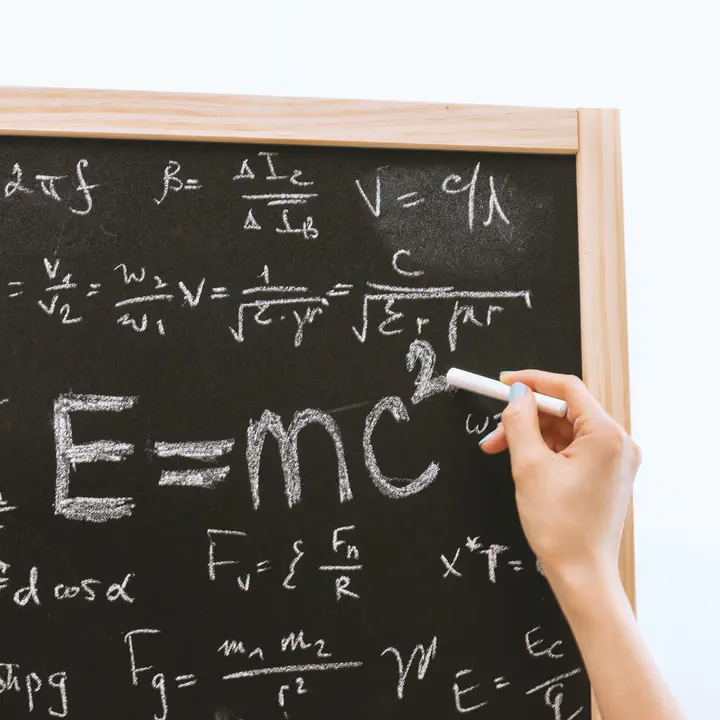Mass–Energy Equivalence in Atom–Light Interactions

Abstract
Results in atomic physics show that mass–energy equivalence plays a crucial role in energy and momentum conservation for atom–light interactions: absorption or emission of field quanta must also change the atom’s rest mass by an equivalent energy. Though the Unruh–DeWitt (UDW) detector model of a quantum particle interacting with an external environment is powerful in its simplicity, the dominant model—which assigns the detector a classical trajectory and treats only the internal state as a quantum DOF—cannot capture the above mentioned effects. Here I present a new model which leverages the simplicity of the UDW model while also incorporating quantisation of the detector’s mass-energy to allow mass changes due to emission/absorption. I show that these relativistic effects persist even at low energies and cannot be ignored unless all centre of mass dynamics is ignored. I will then present further results discussing effects that arise when such a detector’s ground and excited states are in superposition, where the detector acts as a quantum clock.